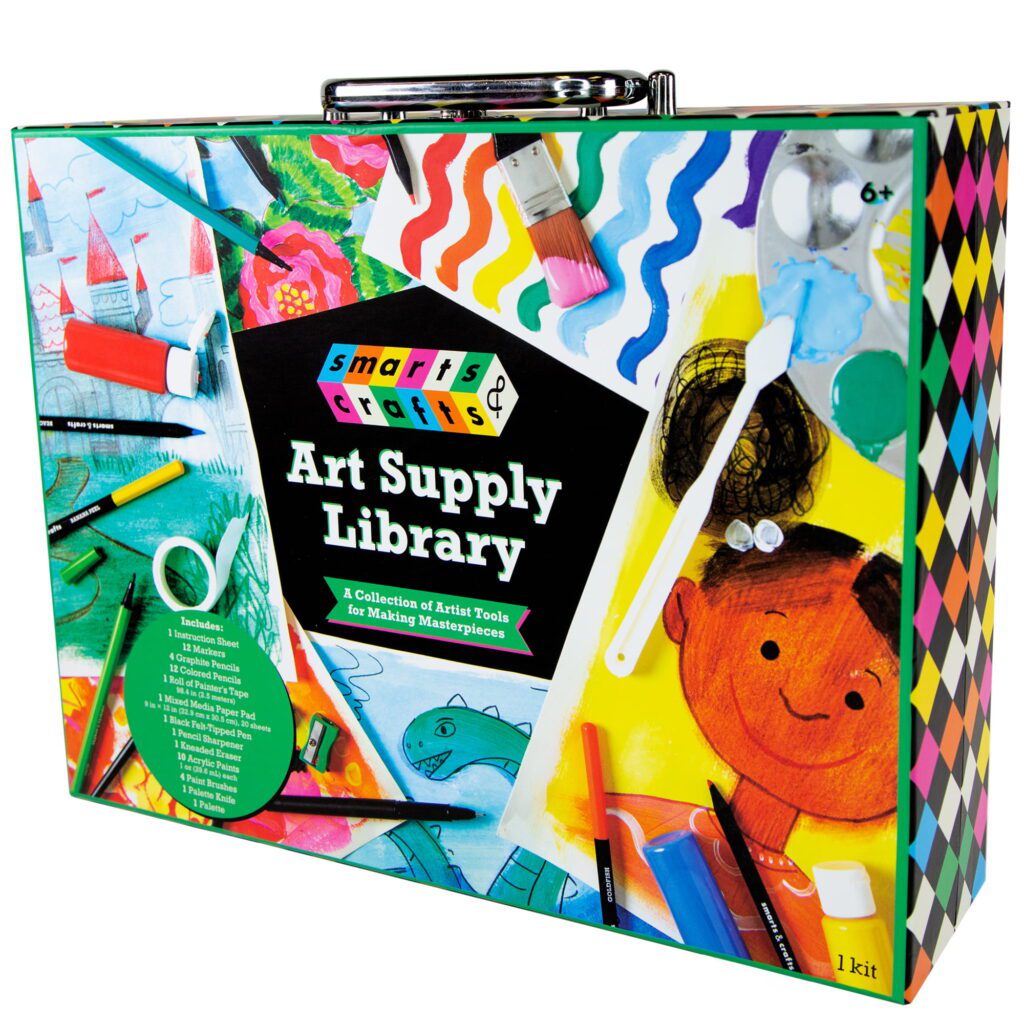Game artists use techniques and tools to create artistic content that makes video games engaging. The foundation of game art is concept art, which is created using basic drawing tools or digital drawing pads. 3D modeling brings game worlds to life, and game artists must have a thorough understanding of various elements such as texture, weight, and proportion to create realistic models that appear perfect in-game. Animations are created using specialized software and animate game characters to make them more than puppets. Other essential techniques include texture mapping, visual effects, and UI/UX design. Game art demands creativity, flexibility, and technical skills, keeping the field unique and diverse.
The Game Artists’ Palette: Techniques and Tools for Creating Art in Video Games
Creating art in video games is no lesser than creating a masterpiece for a gallery, rather it is an all-inclusive process that requires a mix of extensive creativity, aesthetics, and technical skills. The process of developing video game art may include conceptualizing characters, designing environments, and developing intricate game elements that are both visually appealing and functional. In this article, we will discuss how game artists leverage various techniques and tools to create artistic content, and make video games truly engaging.
Concept Art: The Foundation of Game Art
Concept art is vital to the game development process, as it is the foundation of game art. Game artists spend countless hours researching, developing and curating visual concepts such as character designs, scenery, and game mechanics. Concept art helps provide game developers with a visual reference on how a game will look like, and what’s required in terms of artistic content to realize the creative vision. In this stage, game artists often use basic drawing and sketching tools such as pencils and paper, or digital drawing pads like Wacom Tablet to create initial sketches and drawings. These basic forms set the groundwork for how a game artist will approach the more advanced development stages.
3D Modeling – Recreating Reality
While concept art is crucial to developing a game’s visual story, it doesn’t translate to real-time gameplay. 3D modeling is a technical skill game artists use to bring their game worlds to life. This process involves creating 3D models using specialized software such as Maya, Blender or 3DS Max. It takes a lot of skill to create intricate 3D models, and game artists must have a thorough understanding of various art elements such as texture, weight, and proportion to create realistic models that look perfect in-game. Once the models are imported into the game engine, they’re further optimized for performance and fitted with textures and surface normal maps to create more realistic effects like reflections, roughness, and light and shadows.
Animation – Making Game Characters Come to Life
Animation breathes life into game characters, making them more than just puppets. Animations are created using specialized software like Autodesk Motion Builder or even Blender. Game artists use animations to determine how characters move in their respective environments, and how they react during combat, exploration, and cut-scenes. While animating game characters, game artist focus on creating seamless movements and transitions in-between several animations to create a natural flow. Game artists must have a solid understanding of motion physics, anatomy, and how different materials react to movements, to make sure that animation is as realistic and believable as possible.
Other Important Techniques and Tools
Aside from the three primary techniques mentioned above, other tools and techniques are needed to make games look and feel visually appealing. These techniques can be seen below:
Texture Mapping
Texture mapping is the process of taking 2D images and applying them to 3D models. It is an essential technique that creates the illusion of depth, while also helps to make objects look more realistic. Game artists use software like Photoshop or Substance Designer to create highly detailed textures that bring game characters, objects, and scenery to life.
Visual Effects (VFX)
Visual Effects (VFX) are post-processing effects that add additional elements of realism to a game. VFX can range from simple particle effects, like smoke or sparks from gunfire, to more complex effects like wind simulations, water effects or realistic weather changes. Game artists use specialized software like Unreal Engine or Unity3D to create, edit, and implement VFX.
UI and UX Design
User Interface (UI) and User Experience (UX) design are the processes involved in creating the menus, HUD, and interface of a game. UI/UX design demands a high degree of creativity and skill as it plays a significant role in how end-users interact with the game. Game artists make use of graphic design tools like Adobe Illustrator and Photoshop, to design intuitive and informative UIs to make the game engaging to users.
Conclusion
In conclusion, game art is a vital component of game development, and game artists leverage various techniques and tools to make games look and feel visually appealing. From concept art to 3D modeling, animation, VFX, and UI/UX design, game artists bring their creative visions to life. The process of developing game art demands a high degree of creativity, flexibility, and technical skills, making it a unique and diverse field. Therefore, game artists must constantly hone their art skills and stay up-to-date on the latest tools and techniques to remain relevant in the ever-evolving games industry.
